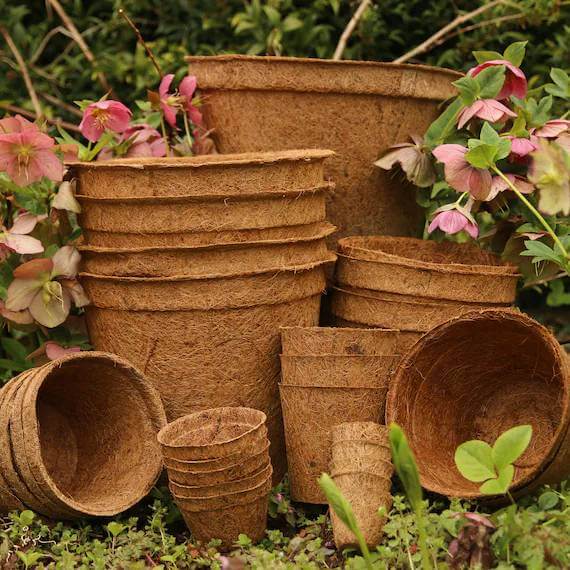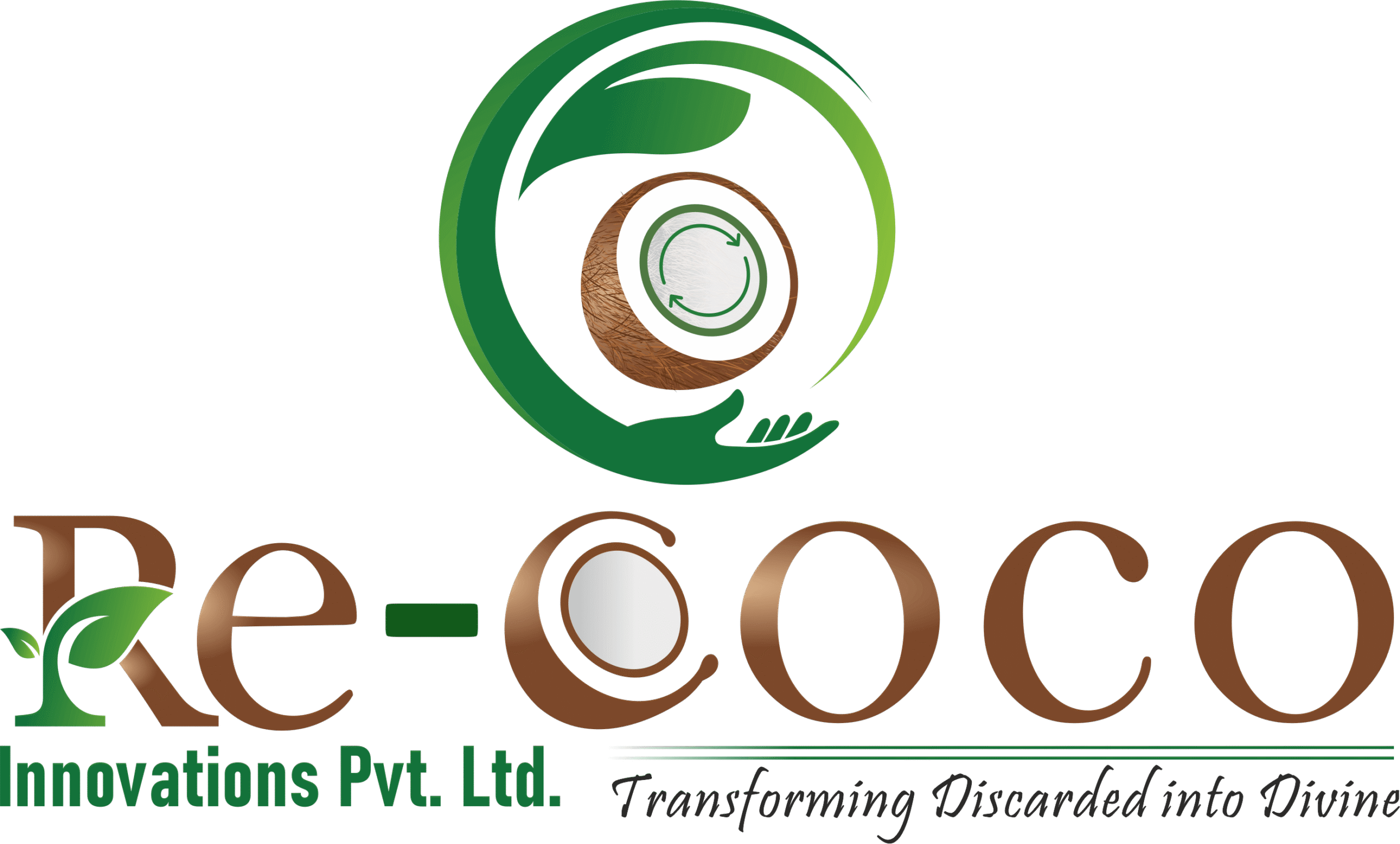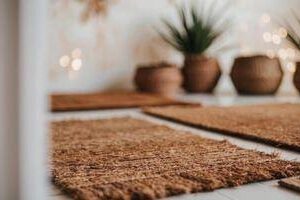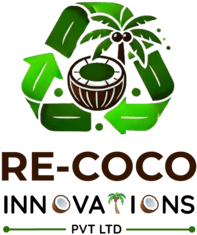Your cart is currently empty.

But what exactly is coir garden Products are increasingly turning to sustainable, effective alternatives to conventional soil and peat moss—and coconut coir for plants is leading the charge. Often referred to as coco Pith or coir soil, this natural byproduct of the coconut industry has become a staple in eco-friendly gardening practices.
Whether you’re dealing with sandy soil, clay soil, or growing indoors, the benefits of coco Pith are numerous: excellent moisture retention, improved aeration, and sustainable origins. It’s suitable for everything from seed starting and container gardening to full-blown coco gardening setups.
coir, how is it used, and why is it such a game changer?
Let’s explore the science, sustainability, and practical applications behind coconut coir for gardening.
What is Coir Pith? Understanding Its Origins and Structure
Coir Pith is a natural, fibrous material derived from the outer husk of coconuts. Once considered a waste byproduct of the coconut industry, it has become a widely valued medium in horticulture and agriculture due to its sustainability and plant-friendly properties.
coir is processed into several useful forms, each with specific gardening applications:
- Coir Peat (also called coir pith): A fine, soil-like substance that offers excellent moisture retention and is ideal for seed starting or soil conditioning.
- Coir Fibre: Long, coarse fibers that provide structure and aeration in Potting Mixes. Especially beneficial for container gardens and hydroponic media.
- Coir chips: Medium-sized chunks that combine water retention and drainage, often used for orchids and tropical plants.
- Coir mats and liners: Durable sheets of coir fiber, perfect for hydroponics, erosion control, or lining hanging baskets and window boxes.
These materials are commonly compressed into:
- Coir Pith Blocks
- Coconut soil bricks
These compressed forms expand significantly when hydrated, making them lightweight, easy to store, and convenient to use.
How is Coir Fiber Made?
coir fibre production involves a series of sustainable, low-waste processes:
- Harvesting: Mature coconuts are harvested primarily for their water and meat. The fibrous husk is separated for coir production.
- Retting (Soaking): The husks are soaked in water to soften the fibers. Traditional retting takes several weeks, but modern mechanical retting speeds up the process while reducing water usage.
- Fiber Separation: The husks are mechanically beaten to separate the coir fibers from the coir pith (peat-like material).
- Drying: Both the fibers and pith are thoroughly dried to prevent mold and decay.
- Packaging: The dried material is compressed into bricks, blocks, or bags for commercial and home gardening use.
This process produces zero waste — all parts of the coconut are used, making coco coir an environmentally responsible alternative to non-renewable materials like peat moss.
Why Use Coir Fibre Products? Key Benefits for Gardeners
coir offers a combination of physical and environmental benefits that make it an excellent choice for soil improvement, seed starting, hydroponics, and container gardening.
Water Retention and Drainage
coir fibre can absorb up to 8–10 times its weight in water, providing consistent hydration without oversaturating the root zone. This helps reduce watering frequency and protects plants from root rot due to overwatering.
Improved Aeration
Its fibrous structure creates natural air pockets, which increase oxygen availability to the roots and prevent soil compaction. This is especially useful in pots, raised beds, and dense or clay-heavy soils.
Sustainable and Renewable
Unlike peat moss, which is harvested from carbon-rich peat bogs, coir is a byproduct of the coconut industry — which would otherwise go to waste. Using coconut husk for plants supports low-impact agriculture and reduces landfill waste.
pH Neutral and Nutrient Friendly
coir has a naturally balanced pH of about 5.5 to 6.8, which is close to ideal for most plant types. It also has a cation exchange capacity (CEC), meaning it can hold and release nutrients efficiently, making it a strong partner for fertilization.
Resistant to Pests and Diseases
coir is naturally antifungal and pest-resistant, reducing the risk of root diseases like Pythium and Fusarium. This makes it a cleaner and safer option for seed starting and indoor grow.
If you’re ready to try coir pith in your garden, here are a few excellent options:
Applications of Coir pith in Gardening
Whether you’re growing vegetables, flowers, herbs, or houseplants, coco coir is one of the most adaptable and sustainable soil components you can use. Its unique blend of moisture retention, aeration, and eco-friendliness makes it ideal for a wide variety of gardening systems.
Hydroponics and Aquaponics
Thanks to its neutral pH, excellent moisture retention, and low pathogen risk, coco pith has become a preferred medium in soilless systems. It supports healthy root development while efficiently holding water and dissolved nutrients.
Coir Pith structure allows it to stay moist without suffocating roots, making it ideal for ebb and flow systems, deep water culture, and drip irrigation hydro setups.
Seed Starting
Coco coir’s fine texture and naturally sterile nature make it perfect for starting seeds. It provides consistent moisture levels and prevents damping-off diseases that often harm young seedlings.
Mix with compost, perlite, or vermiculite to improve structure and boost germination rates.
Soil Amendment
If you struggle with heavy clay (which compacts easily) or sandy soil (which drains too quickly), Coco Mitti is an excellent substitute. It helps improve soil texture, increases water retention, and promotes better aeration.
Use coir bricks as a peat-free alternative. These can be soaked and worked into garden beds to enhance soil quality.
Mulching
Coir mulch, often sold in Compressed Mulch or coarse coconut husk chips, is ideal for moisture conservation and weed suppression. It slowly breaks down over time, contributing organic matter back to the soil.
Great for summer gardens, raised beds, or around shrubs and perennials to reduce evaporation and regulate soil temperature.
Types of Coir Products to Try
Here’s a breakdown of popular coco coir formats and how to use them:
Coco Peat: Compact, lightweight, and easy to hydrate. Ideal for seed starting, potting mixes, and soil amendments.
Loose Coir Mixes: Pre-expanded and ready to use—perfect for raised beds, houseplants, or container gardens.
Coconut Fibre Pots: Biodegradable pots that can be planted directly into the ground, minimizing transplant shock.
Mulch Mat: Ideal for surface mulching in gardens or decorative planters, helping to retain water and reduce
Conclusion: Is Coir Good for Plants? Absolutely.
Whether you’re creating a raised bed, starting seeds indoors, or diving into hydroponics, coconut coir for plants is a smart, eco-conscious choice. The benefits of coco coir—from water retention to root health to sustainability—make it one of the most versatile materials in organic gardening today.
Reference-groworganic.com


